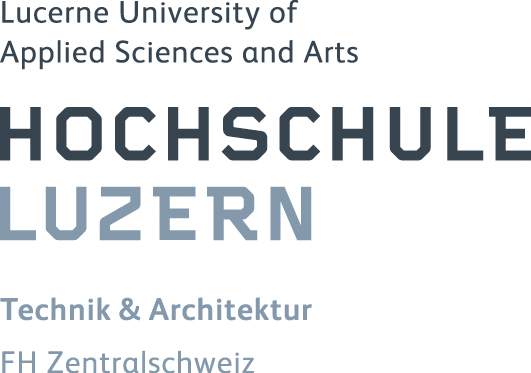Firstly, an analysis of the current state of the plant is carried out, this means systematically analyzing the material and energy flows of the production plant and the installed infrastructure. This must be done before the potential savings can be determined and specific suggestions for improvement can be developed; all with the end goal of improving the energetic efficiency and cost effectiveness of the entire system.
1. Analysis of the Current State
The relevant energy flows of the plant to be analyzed are characterized in terms of energy content, temperature levels and time periods. This is done by extracting information from the available documents, schemas and measured data. Selective measurements will be performed if necessary. The systematic analysis of the current state is developed upon the basis of this gathered information. Next, the necessary calculations (mass, component and energy balances) are made. The results of the analysis thus far can then be depicted in material and energy flow diagrams. The analysis of the current state also clarifies the existing operating cases (e.g. Summer/Winter). Finally, the time dependency of the involved processes is displayed in a Gantt diagram, which provides a schedule of sorts for the production steps.
2. Pinch Analysis
Before starting with the pinch analysis, the process conditions (temperatures, mass flows and timing) must be carefully examined. Partial results are already attained from the operation optimization. The process requirements can then be compiled from the process conditions. Using pinch analysis quantifies the potential for gains in efficiency. With the aid of the PinCH software the "energetic weak points" are extracted and a system is developed (heat exchanger network, energy supply systems), which fully exploits the energetic and economic potential. At this point heat stores and cold stores as well as energy conversion units such as heat pumps or absorption refrigeration machines are also taken into account. In this phase the operational constraints are not given much attention – it is more about showing what energy and cost savings could be achieved in the optimal case.
3. Variant Analysis
Various realizable concepts/variants for energetic optimization can be derived from the pinch analysis. The necessary process engineering calculations, rough interpretations and clarifications as well as technical and economical evaluations are then performed for the different variants (technical feasibility, reducing the energy demand, capital and operating costs, etc). The most promising variants are then further developed and implemented.
Pinch Analysis and Your Industrial Company
Firstly, the system boundary is discussed with the industrial company, in other words which system will be optimized using pinch analysis. However, before a pinch analysis is performed, a rough analysis is done to determine if the process is suitable for a pinch analysis and to estimate the potential savings. The first step in the project workflow, analysis of the current state, is normally performed by the industrial company, we will of course provide support in this matter. The reason for this is that the industrial company knows the operation and key figures of the process the best. The ensuing pinch analysis can then be completed by the industrial company or by a pinch expert such as the ones at the Competence Center for Thermal Energy Systems & Process Engineering (CC TEVT) at the University of Applied Sciences and Arts. Together, we can then define which scenarios should be further examined (e.g. building expansions, scenarios with increased energy costs, etc.). Close cooperation, especially during the variant analysis, is essential for a successful project.
We will gladly discuss with you the possibility of a pinch analysis project for your company. This email address is being protected from spambots. You need JavaScript enabled to view it.




 Product-Flyer
Product-Flyer


